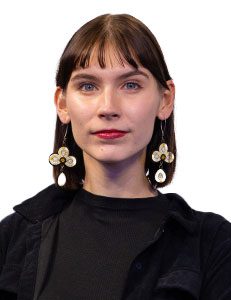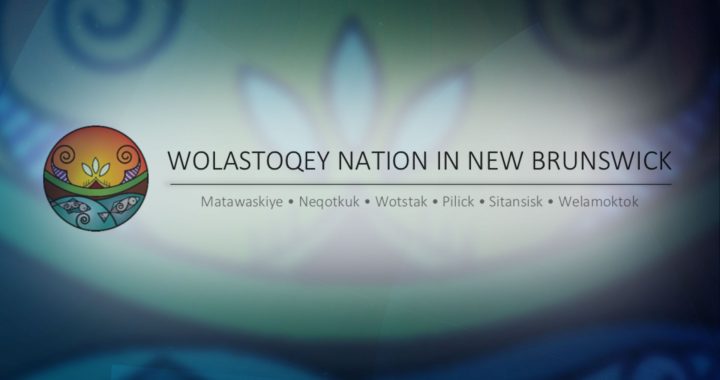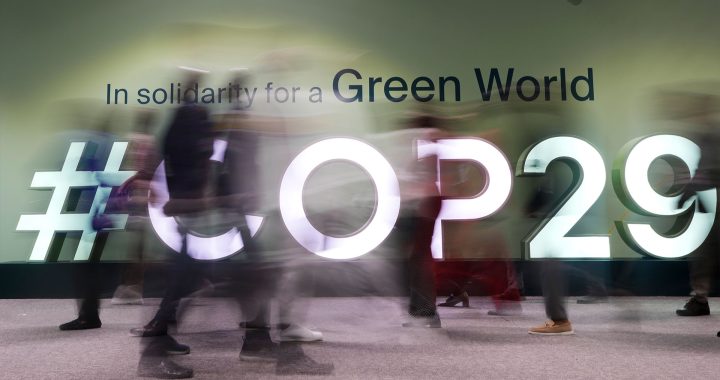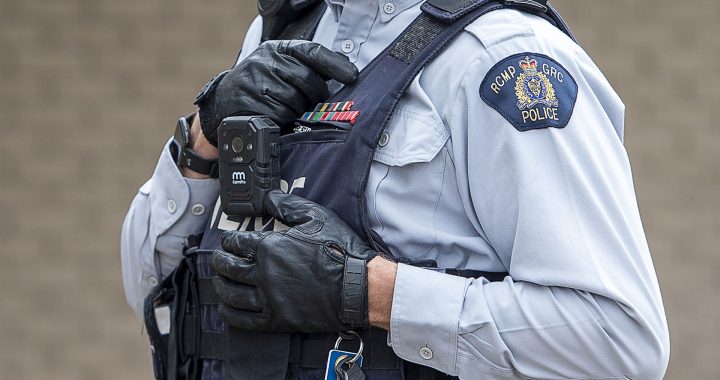At an afternoon rehearsal at the Royal Winnipeg Ballet (RWB), dancers are perfecting their strides under the tutelage of Cameron Fraser-Monroe.
The 25-year-old choreographer and member of the Tla’amin Nation in British Columbia, is set to debut his ballet šɛgatəm in less than a week.
On Sept. 26, Fraser-Monroe and a troupe of seven RWB dancers will premiere the work for the world at the New York City Center’s Fall for Dance Festival.
“It has come together very quickly. Normally, commissions take years and years of planning but New York City Center hosts the Fall for Dance Festival every year and they bring in some wonderful companies.” Fraser-Monroe told APTN News. “It’s very exciting.”
‘To lift someone up’
šɛgatəm tells the story of a Tla’amin Elder, known to the community for their strength and independence.
The ballet was commissioned through a partnership between the New York City Center and the Bard Center for Indigenous Studies.
“When I received this commission, I thought that the most important thing I could talk about in the moment was the way my Elders in Tla’amin have a great resilience and strength behind them,” Fraser-Monroe said.
He points to Elders from his community like Elsie Paul, a nonagenarian “who is still trying to chop her own firewood and still very mobile”.
“I think that the reason behind this is that she has a wonderful community supporting her, and she’s able to ask for help with the small tasks,” he said. “So, that’s kind of what the work is about, is a dancer learning how to ask for help from this community.”
šɛgatəm is an ʔayaǰuθəm word meaning “to lift someone up”. In the opening act, the Elder stands–quite literally–on the shoulders of his community. But after he falls, he must learn the hard, but healing power of leaning on others for help.
“(He) has to relearn how he negotiates those relationships and how he relates to the people around him,” Fraser-Monroe said. “There’s a lot of physical lifting, but it’s also very much about the way we lift up our Elders and support those people–because they’re not superhumans, they’re people just like us as well.”
Braiding the language of dance

Fraser-Monroe began learning Ukrainian dance at the age of three. Later, he learned hoop dancing from world champion Dallas Arcand and grass dancing from Elder Mollie Bono.
At 15, he moved to Winnipeg to train with the RWB, where he now serves as choreographer-in-residence. Today, he braids influences from each style into his movement vocabulary.
In April, Fraser-Monroe debuted his first work as the RWB’s choreographer-in-residence T’əl: The Wild Man of the Woods. The ballet is based on a legend, as told by Elder Elsie Paul, about a creature that captures children after dark.
šɛgatəm pays homage to his community by centering the strength and resilience Tla’amin Elders.
But before Fraser-Monroe conceived šɛgatəm, he listened to the works of composer Jeremy Dutcher.
“In this case, the music actually came first,” Fraser-Monroe said.
Last week, Dutcher, a member of the Tobique First Nation in N.B. became the only artist in history to win a second Polaris Prize.
Fraser-Monroe made it his mission to bring Dutcher’s music to life through movement.
“I heard that music and I knew I was going to have to choreograph to it…I was saving it for the right opportunity and I didn’t have to wait long because this came up.”
Bringing Indigenous stories to the world stage

In just days, šɛgatəm will premiere at the Fall for Dance festival, which is poised to welcome over 22,000 attendees. Leading up to the performance, Fraser-Monroe will deliver a lecture on his work at Bard College.
During the festival, they’ll be joined by world-renowned companies like the Dutch National Ballet, the Boston Ballet and the New York City Ballet.
For Fraser-Monroe, it’s an opportunity to bring Indigenous stories–and brilliance–to international audiences.
“(I hope) to show them the excellence that all of our artists are cultivating in our own communities,” he said. “I’m honoured that we have this opportunity to share this art on the world stage.”










